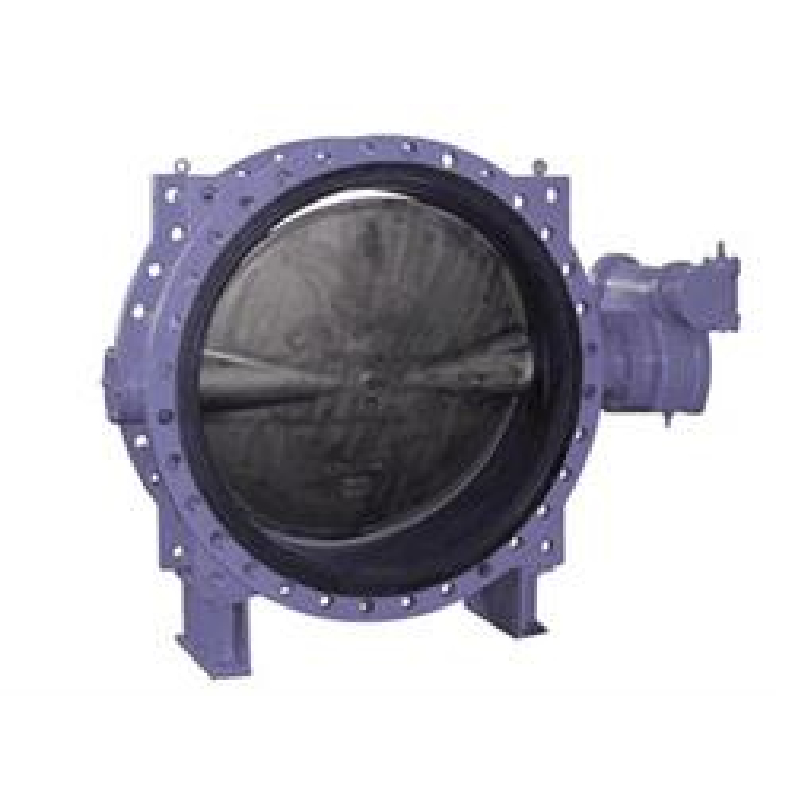Nov . 07, 2024 23:24 Back to list
Actuated Control Systems for Gate Valves in Industrial Applications
Understanding Actuated Gate Valves Innovation in Fluid Control
In the realm of industrial machinery and fluid control systems, the actuated gate valve stands as a pivotal component, merging traditional valve functionality with advanced mechanical actuation. This innovative valve technology is essential for managing the flow of liquids and gases in a variety of applications, ranging from municipal water systems to complex petrochemical plants. In this article, we will explore the design, operation, advantages, and applications of actuated gate valves.
What is an Actuated Gate Valve?
An actuated gate valve combines the mechanism of a gate valve, which is used to start or stop the flow of fluids, with an actuator that provides automated control. The actuator, which can be pneumatic, hydraulic, or electric, allows for remote operation and precise control of the valve’s position. This combination enhances operational efficiency and simplifies the management of fluid systems, particularly in environments where manual valve operation would be impractical or unsafe.
Design and Components
The fundamental design of a gate valve features two parallel plates (the gate) that can be raised or lowered to control fluid passage. Unlike globe valves, which regulate flow more gently, gate valves are primarily designed for full open or closed positions, making them ideal for applications where minimal pressure drop is required.
Key components of an actuated gate valve include
1. Body The main structure of the valve, typically made of robust materials such as stainless steel or carbon steel, designed to withstand high pressure and corrosive environments.
2. Gate The movable element that opens or closes the flow path. It can be wedge-shaped or parallel, depending on the specific design.
3. Actuator The device that moves the gate. Pneumatic actuators use compressed air, hydraulic actuators employ fluid pressure, and electric actuators rely on motors to drive the gate mechanism.
4. Seals Gaskets and O-rings that prevent leakage when the valve is closed.
5. Control System In sophisticated installations, the actuated gate valve is often integrated with electronic control systems that allow for remote monitoring and operation.
Advantages of Actuated Gate Valves
The integration of actuation technology brings numerous advantages over traditional manual valves
actuated gate valve

1. Automation Actuated gate valves allow for automated control, reducing the need for manual operation. This is particularly beneficial in hazardous environments or locations that are difficult to access.
2. Efficiency Automated valves can be operated quickly and precisely, enhancing system response times and improving overall process efficiency.
3. Safety By minimizing the need for personnel to operate valves in potentially dangerous conditions, actuated gate valves enhance workplace safety.
4. Reduced Labor Costs Automation leads to less manual labor needed for valve operation, ultimately reducing operational costs.
5. Remote Monitoring & Control These valves can be integrated into broader control systems, enabling operators to monitor and control flow remotely, which is vital for large-scale operations.
Applications
Actuated gate valves are widely used across various industries, each benefitting from the valve's unique characteristics. Notable applications include
- Water Treatment In municipal water facilities, these valves control the flow through treatment processes, ensuring consistent water supply.
- Oil and Gas Actuated gate valves are essential in upstream and downstream operations for controlling fluid flow in pipelines and processing facilities.
- Chemical Processing These valves manage the flow of corrosive or volatile substances, where automated control is paramount for safety and efficiency.
- Power Generation In steam and hydroelectric plants, actuated gate valves control water and steam flow, optimizing energy production and safety.
Conclusion
Actuated gate valves represent a sophisticated evolution of traditional valve technology, providing enhanced control, safety, and efficiency across various applications. As industries continue to advance towards automation and improved operational standards, the role of actuated gate valves will undoubtedly become more integral to fluid control systems worldwide. Understanding their design, benefits, and applications is essential for engineers and operators looking to optimize their fluid management strategies in an ever-evolving industrial landscape.
Share
-
Reliable Wafer Type Butterfly Valves for Every IndustryNewsJul.25,2025
-
Reliable Flow Control Begins with the Right Ball Check ValveNewsJul.25,2025
-
Precision Flow Control Starts with Quality ValvesNewsJul.25,2025
-
Industrial Flow Control ReliabilityNewsJul.25,2025
-
Engineered for Efficiency Gate Valves That Power Industrial PerformanceNewsJul.25,2025
-
Empowering Infrastructure Through Quality ManufacturingNewsJul.25,2025